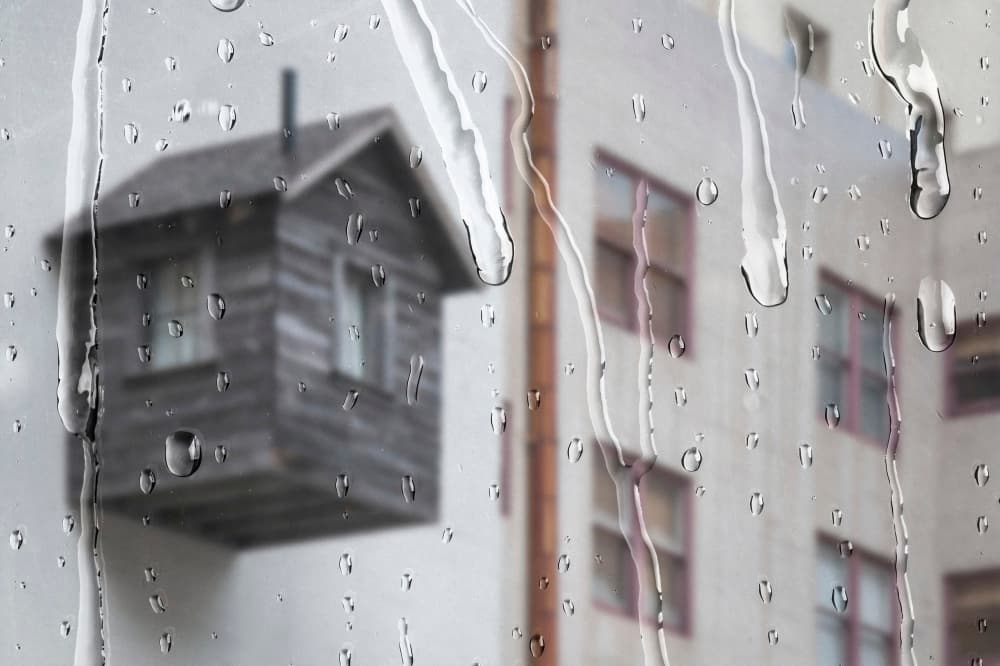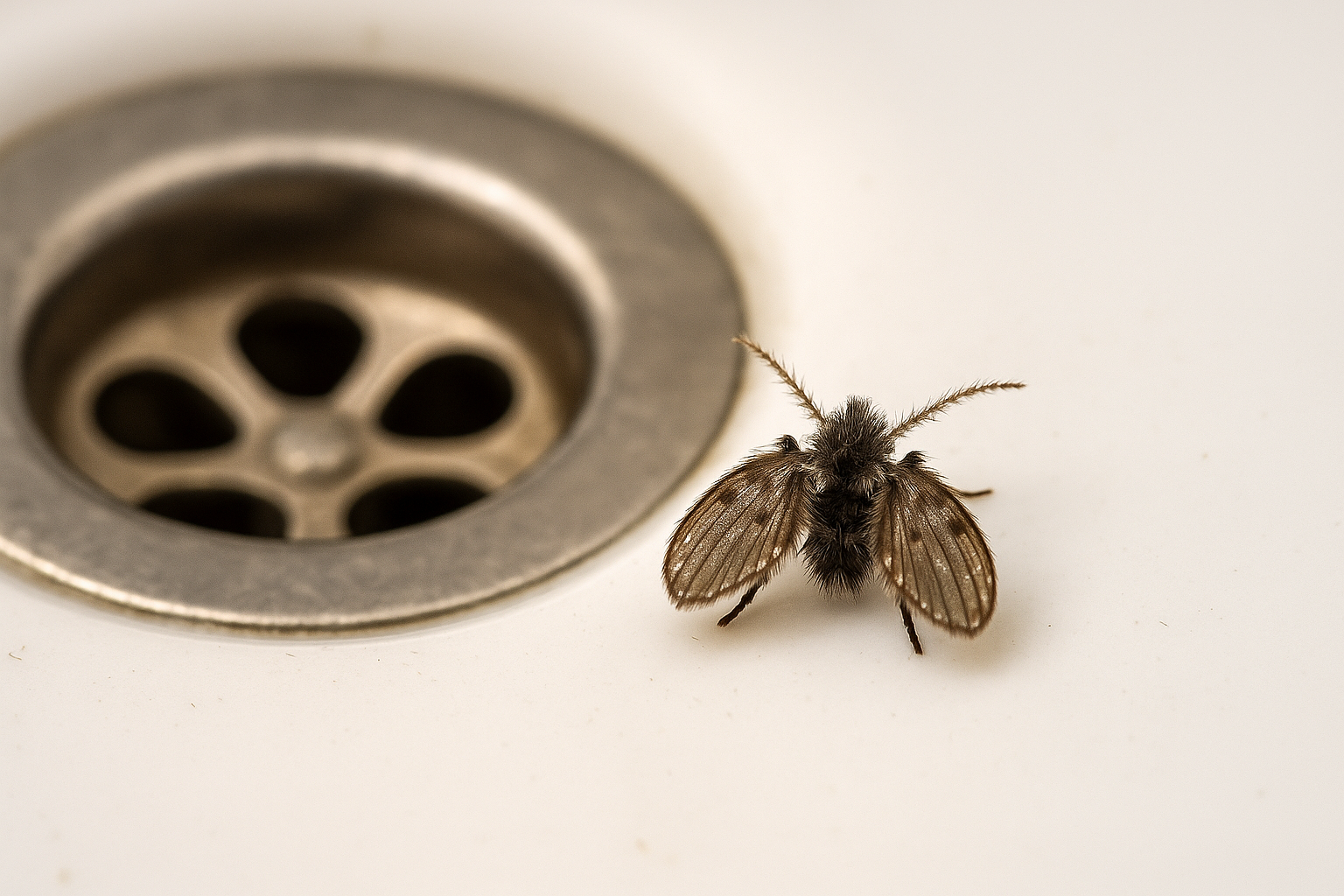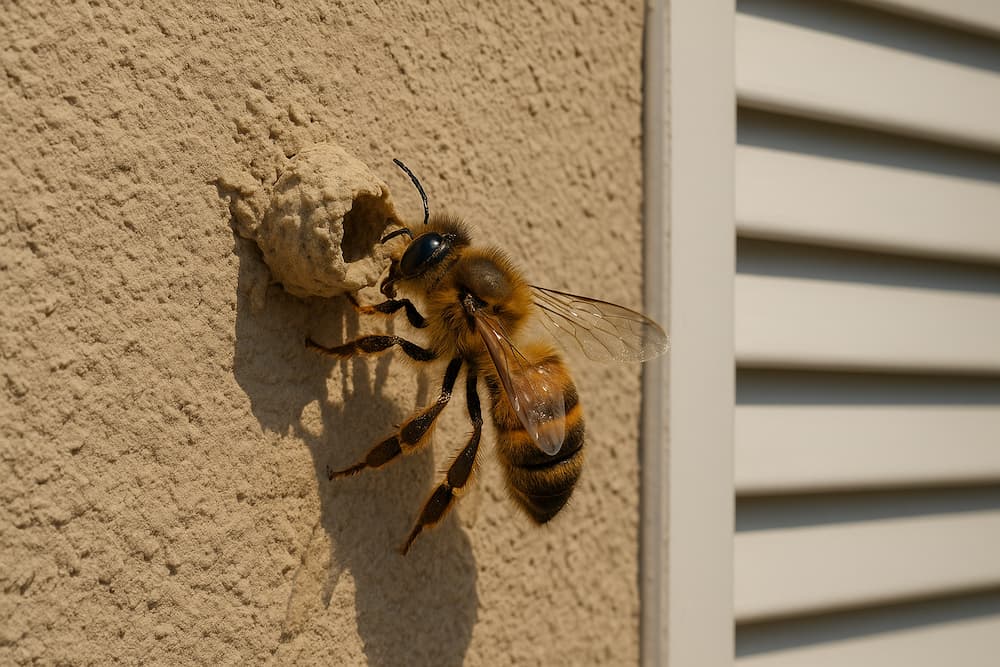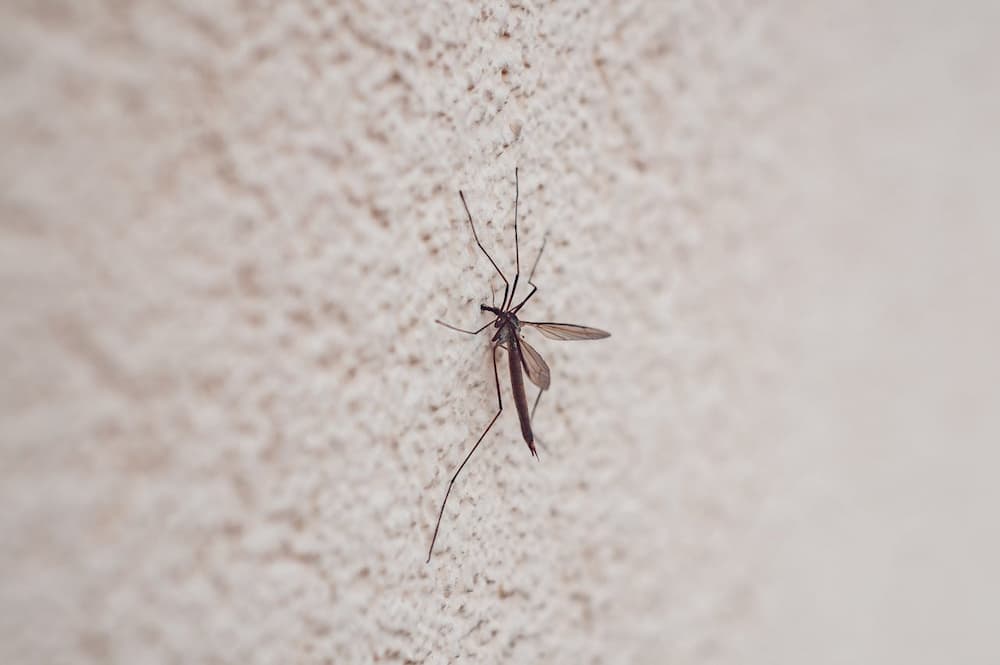Polilla negra en casa: ¿qué hacer?
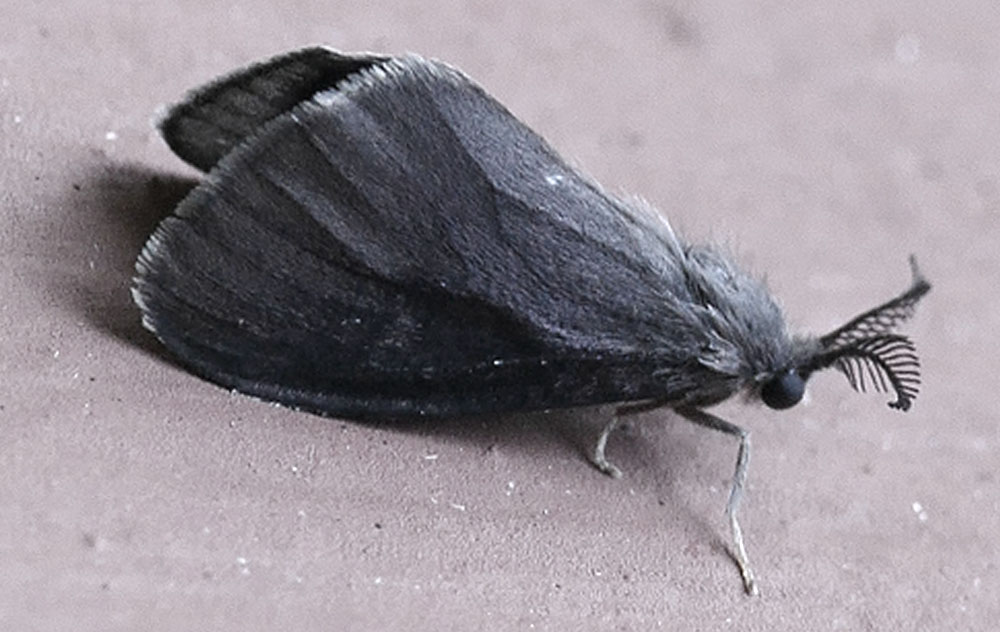
Descubrir una polilla negra en casa puede generar inquietud. Muchas personas se preguntan si su presencia tiene un significado especial o si es una señal de problemas en el hogar. Aunque existen diversas creencias sobre estos insectos, lo más importante es entender por qué aparecen y cómo prevenirlos.
¿Son dañinas? ¿Atraen malas energías? ¿Cómo evitar que entren en casa? En este artículo resolveremos todas tus dudas y te daremos soluciones efectivas para mantener tu hogar protegido.
¿Por qué aparecen polillas negras en casa?
Las polillas negras pueden colarse en casa por diversas razones, la mayoría de ellas relacionadas con el entorno y las condiciones del hogar. Suelen sentirse atraídas por la luz, los espacios oscuros y húmedos, y la presencia de materiales textiles o alimentos almacenados. Durante ciertas épocas del año, como el verano y la primavera, su actividad se intensifica debido a las temperaturas más cálidas.
La falta de barreras físicas efectivas, como mosquiteras o cierres herméticos en ventanas y puertas, facilita su entrada. También pueden ingresar en la ropa o muebles traídos del exterior, así como en productos almacenados en la despensa. Una vez dentro, buscan refugios tranquilos donde puedan reproducirse o alimentarse, lo que puede provocar su proliferación si no se toman medidas a tiempo.
¿Qué hacer si encuentras una polilla negra en casa?
Ver una polilla negra dentro de casa puede generar dudas sobre su significado y cómo manejar la situación. Aunque estos insectos no representan un peligro para las personas, su presencia puede ser molesta. Aplicar medidas adecuadas ayuda a evitar su proliferación y a mantener el hogar libre de visitantes indeseados.
¿Es necesario eliminarla?
No todas las polillas negras representan un problema. Muchas de ellas son inofensivas y simplemente buscan refugio. Sin embargo, si su presencia es recurrente o detectas daños en la ropa o alimentos almacenados, es recomendable tomar medidas para controlar su aparición.
Si decides retirarlas, evita métodos agresivos. En la mayoría de los casos, basta con guiarlas hacia el exterior utilizando un recipiente o una luz que las atraiga. Si el problema es persistente, es mejor implementar soluciones preventivas para evitar futuras invasiones.
Métodos naturales para alejar polillas sin dañarlas
Existen diversas formas de evitar que las polillas se instalen en casa sin necesidad de recurrir a productos químicos. Algunas opciones incluyen:
- Ventilación frecuente: Mantener los espacios aireados reduce la humedad y evita que encuentren refugios ideales.
- Aromas naturales: La lavanda, el laurel y el cedro son repelentes naturales que pueden colocarse en armarios y rincones oscuros.
- Iluminación estratégica: Reducir la luz encendida cerca de puertas y ventanas por la noche disminuye su atracción hacia el interior.
- Limpieza y orden: Evitar acumulaciones de ropa, papel o alimentos en mal estado previene la proliferación de polillas.
Cómo prevenir su aparición en el hogar
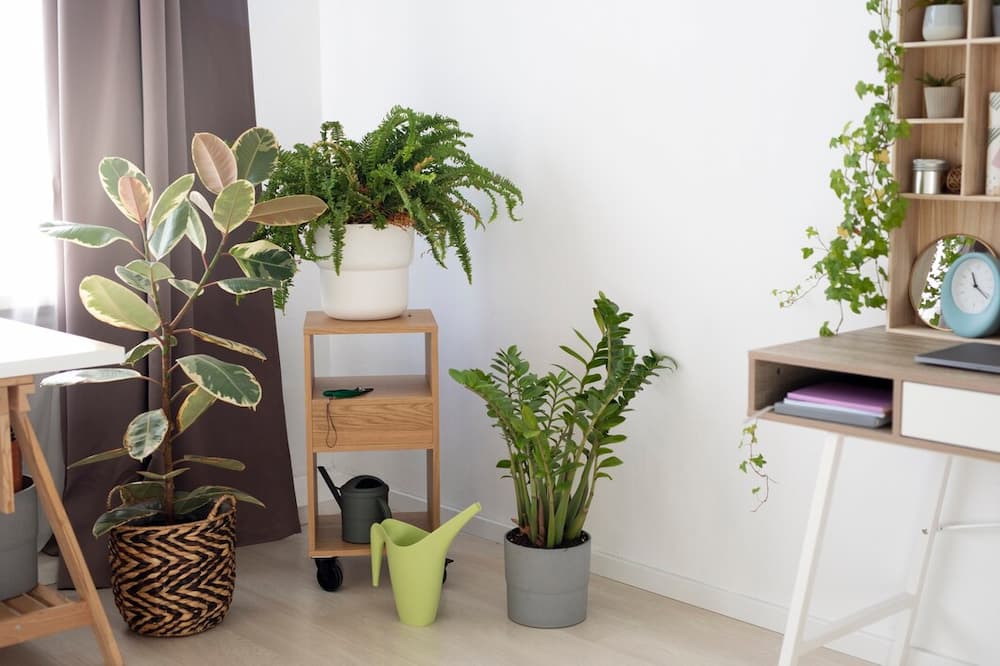
Una de las mejores formas de evitar polillas en casa es asegurarse de que no tengan acceso al interior. Para ello, se pueden tomar medidas como:
- Sellado de entradas: Revisar marcos de ventanas y puertas para detectar grietas por donde puedan entrar.
- Uso de mosquiteras: Instalar mosquiteras en ventanas y puertas impide el paso de insectos sin afectar la ventilación.
- Revisión de objetos del exterior: Antes de introducir ropa o muebles traídos de fuera, es recomendable inspeccionarlos.
- Almacenamiento seguro: Guardar los alimentos en envases herméticos evita que las polillas encuentren fuentes de alimento.
Las plantas antimosquitos para casa también pueden ayudar a evitar la aparición de la polilla negra.
Factores que favorecen su presencia en casa
Las polillas negras buscan lugares donde puedan refugiarse y reproducirse. Algunos factores que facilitan su presencia incluyen:
- Exceso de humedad: Los espacios húmedos y con poca ventilación son ideales para su desarrollo.
- Acumulación de objetos: Cajones desordenados, ropa sin usar y montones de papel pueden servir como escondites.
- Iluminación nocturna: Las fuentes de luz artificial cerca de las ventanas pueden atraerlas.
- Puertas y ventanas abiertas sin protección: Dejar aberturas sin barreras físicas facilita su ingreso.
Mitos y realidades sobre la polilla negra
Las polillas negras han generado todo tipo de creencias a lo largo del tiempo. Muchas de ellas están basadas en la superstición y el desconocimiento, mientras que otras tienen explicaciones lógicas. Conocer la verdad detrás de estos mitos ayuda a eliminar el miedo y a comprender mejor su presencia en el hogar.
Relación entre polillas negras y la muerte
Uno de los mitos más extendidos es que las polillas negras anuncian la muerte o una desgracia inminente. Esta creencia tiene raíces en diversas culturas, pero carece de fundamentos científicos. Su presencia en casa responde más a factores ambientales y de hábitat que a mensajes sobrenaturales.
¿Las polillas negras atraen malas energías?
Algunas personas creen que estos insectos traen consigo energías negativas o influyen en el estado de ánimo del hogar. Sin embargo, no existe evidencia de que tengan algún tipo de efecto en el bienestar emocional o energético de una casa. Su aparición suele estar vinculada a la luz y la disponibilidad de refugio.
Creencias erróneas sobre su presencia en casa
Existen muchas ideas equivocadas sobre las polillas negras. Algunas de las más comunes incluyen:
- Son peligrosas para la salud: La mayoría de las polillas no representan un riesgo para los humanos.
- Indican problemas estructurales en la casa: No están relacionadas con daños en la construcción, aunque sí pueden afectar ropa y alimentos.
- Solo aparecen en casas descuidadas: Incluso los hogares más limpios pueden atraerlas si existen condiciones favorables.
Entender el comportamiento de las polillas negras permite tomar medidas efectivas para evitar su presencia sin caer en supersticiones. Implementar soluciones como mosquiteras y un adecuado mantenimiento del hogar ayuda a mantener un espacio libre de estos insectos de manera sencilla y efectiva.


